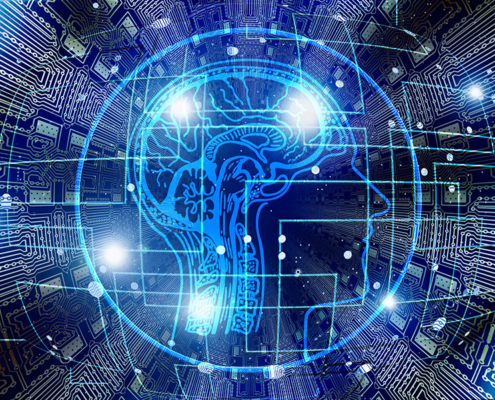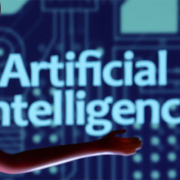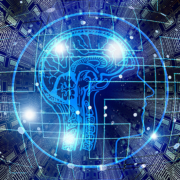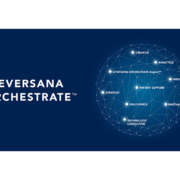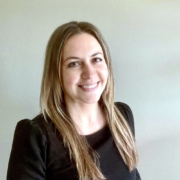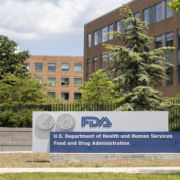Bias in artificial intelligence: How can we minimize it?
Bias in artificial intelligence: How can we minimize it?
By Dr. Andres Corrada-Emmanuel and Mary Stutts
Artificial intelligence (AI) is transforming health care. Right now we are using AI to assist life science companies serving rare disease patient populations. These AI-assisted products help to uncover likely undiagnosed or misdiagnosed patients and their associated healthcare providers (HCPs), who can be educated about a condition or rare disease, and life-saving therapies. By finding these patients, HCP engagement can be prioritized and the diagnostic and treatment journey can accelerate. Yet although this technology may seem like the great equalizer to humanity’s flawed motivational and cognitive biases, the truth is, even the most advanced AI technologies have biases including race, gender, socioeconomic status, and political identifiers.
We all have a responsibility to do everything we can to overcome and minimize that bias.
Technology developers must realize that ‘one size does not fit all’ when it comes to the health of human beings – one size fits one. This means – as much as possible – companies and teams utilizing AI must make the effort to include real-world interactions with patients and those impacted by the technology.
Organizations can address these challenges in two ways. First, we must correct the lack of diversity on data science teams. Right now, the tech industry is notoriously white, and male dominated. That is not likely to change any time soon. Only one in five graduates of computer science programs are women; the number of underrepresented ethnicities is even lower. Organizations can improve this by:
- Gathering a diverse AI/ML team that asks diverse questions.We all bring different experiences and ideas to the workplace. People from diverse backgrounds – race, gender, age, experience, culture, etc. – will inherently ask different questions. This helps you catch problems at the task definition stage. The utility of diverse ensembles is a well-known principle in AI. Similarly, organizational studies have confirmed the superiority of diverse teams.
- Creating an AI pipeline that uses BOTH human and data feedback. Act, assess, adjust. New projects may have unexpected twists. New data or feedback from users may alter initial assumptions that are erroneous or harmful.
- Thinking about end-users. Understand that your end-users won’t be like you or your team. Be empathetic. Avoid AI bias by learning to anticipate how people who aren’t like you will interact with your technology and what problems might arise.
In addition, it is important to include in AI advances the development of tools and technologies that can help us on a case-by-case basis to mitigate the biases in our data and ensure fairer downstream actions for patients. This will help address well-understood biases like gender and ethnicity, for example.
For new AI technologies to be truly inclusive, they need to be accurate and representative of the needs of underrepresented populations. Algorithmic and human bias, along with information gaps and lack of data standards, common metrics, and interoperable frameworks, pose the biggest threats to move toward fairer AI. Producing fairer AI is a continual process that requires multiple checks at all levels of the business.
We can all be potential members of medically underrepresented groups. Data doesn’t have a fixed nature precisely because it is not perfect. Its validity and possible harm are determined by how it is being used. For example, in one task it may be biased against one group. But in another task, against a different group.
With a combination of statistical and data science methods, researchers can drill down into different domains of social determinants of health and better understand specific patient populations.
While a rare disease might sound like something that doesn’t affect many people, more than 300 million people worldwide live with a rare disease. According to the National Institute of Health (NIH), more than 7,000 rare diseases exist, though that number may be higher given challenges with tracking data related to rare diseases. When you realize how small the patient population is for each disease and how many possible rare diseases exist, it’s no wonder HCPs cite lack of disease education and awareness of symptoms related to rare diseases as top challenges they face today. According to the NIH, only one-third of providers highly rated their organization’s ability to diagnose rare diseases and even fewer felt confident in their organization’s ability to treat rare diseases.
AI helps address that challenge. The rare disease community is comprised of so many small patient populations with a high propensity of being undiagnosed and/or misdiagnosed. Just like no two patients are the same, rare diseases often present incredibly differently and even those with the same condition can have divergent symptomatology. As an example, Real Chemistry’s IPM.ai, uses a HIPAA-compliant system that applies AI to a data universe of more than 300 million de-identified patient journeys, 65 billion anonymous social determinants of health signals, and first-party sources of any type and scale such as genetic testing, laboratory research, and epidemiological assessments.
Implementing the principles of open science into AI design and evaluation tools could help strengthen collaborations between AI and the health care and life science fields. It could also open space for voices of the underrepresented to participate in AI deployment for lifescience companies to deliver unmatched reliability, security, and data privacy. With AI, healthcare providers, payers, pharmaceutical companies, startups, and IT vendors are improving and accelerating diagnosis, managing population health, enabling drug discovery, and modernizing care infrastructure at a global scale.
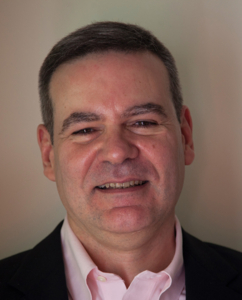 |
Dr. Andres Corrada-Emmanuel is head of optimization in Real Chemistry’s Data and AI Business Unit. |
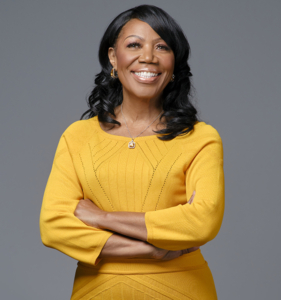 |
Mary Stutts is global chief inclusion and health equity officer at Real Chemistry. |

